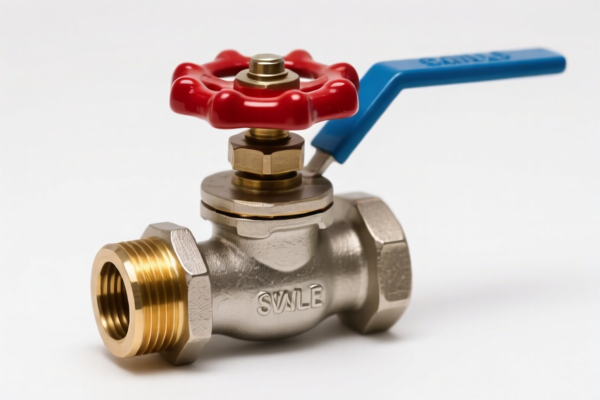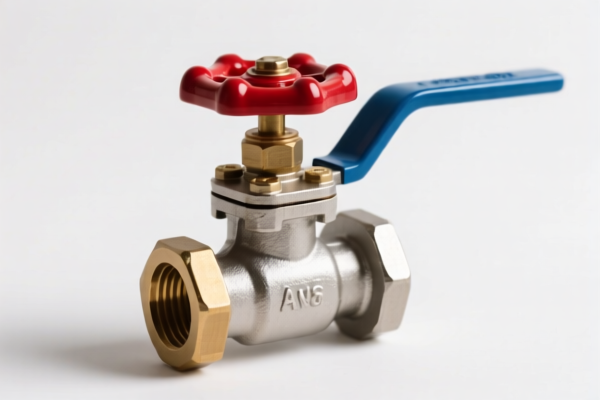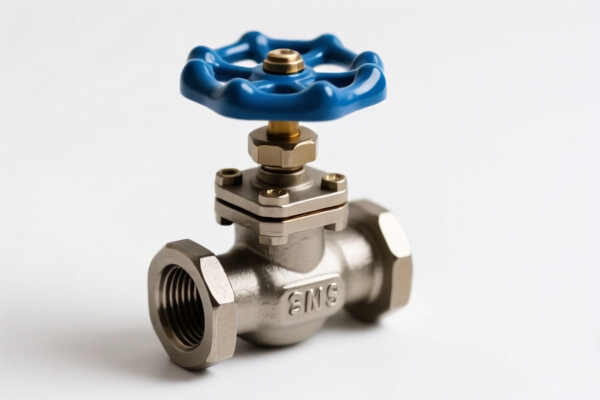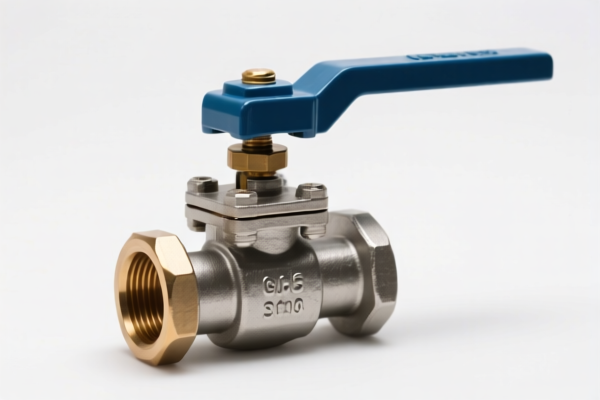| HS Code | Official Doc | Tariff Rate | Origin | Destination | Effective Date |
|---|---|---|---|---|---|
| 8481809040 | Doc | 57.0% | CN | US | 2025-05-12 |
| 8481200080 | Doc | 57.0% | CN | US | 2025-05-12 |
| 9032810020 | Doc | 55.0% | CN | US | 2025-05-12 |
| 8481200030 | Doc | 57.0% | CN | US | 2025-05-12 |
| 8481809050 | Doc | 57.0% | CN | US | 2025-05-12 |




Pneumatic Valve
A pneumatic valve is a mechanical device used to control the flow of compressed air within a pneumatic system. They are fundamental components in systems utilizing compressed air for automation, control, and power transmission.
Material
Pneumatic valves are commonly constructed from the following materials:
- Brass: Offers good corrosion resistance and is cost-effective, frequently used in lower-pressure applications.
- Aluminum: Lightweight and provides good corrosion resistance, suitable for moderate pressure applications.
- Stainless Steel: Offers superior corrosion resistance and is used in harsh environments or applications requiring high purity.
- Cast Iron: Durable and suitable for high-pressure, heavy-duty applications.
- Polymer/Plastic (e.g., Polycarbonate, Nylon): Used in low-pressure applications where corrosion resistance and low cost are paramount. Seals are often made of materials like Nitrile (NBR), Viton (FKM), or Polyurethane (PU).
Purpose
The primary purpose of a pneumatic valve is to:
- Start, stop, or regulate the flow of compressed air.
- Control the direction of airflow.
- Control the pressure of airflow.
- Mix or divert airflow.
Function
Pneumatic valves operate by manipulating an internal mechanism (e.g., poppet, spool, butterfly) to open, close, or throttle the passage of air. They are typically actuated by:
- Manual Operation: Directly operated by a human operator.
- Solenoid Operation: Uses an electromagnetic coil to control the valve position. These are the most common type for automated systems.
- Pneumatic Operation: Uses compressed air to control the valve position (pilot valves).
- Mechanical Operation: Operated by a cam, lever, or other mechanical linkage.
- Electro-pneumatic Operation: Combines electrical and pneumatic control.
Usage Scenarios
Pneumatic valves are employed in a wide range of applications, including:
- Industrial Automation: Controlling actuators in manufacturing processes, robotic systems, and packaging equipment.
- Automotive: Used in braking systems (ABS), suspension systems, and transmission control.
- HVAC Systems: Controlling airflow in heating, ventilation, and air conditioning systems.
- Medical Equipment: Used in respirators, anesthesia machines, and other pneumatic medical devices.
- Process Control: Regulating airflow in chemical processing plants and other industrial processes.
- Food and Beverage Industry: Controlling airflow in packaging and processing equipment.
Common Types
- Directional Control Valves: Control the direction of airflow. Classified by the number of ports and positions (e.g., 2/2, 3/2, 5/2, 5/3).
- Pressure Control Valves: Regulate the pressure of airflow. Includes pressure regulators, safety valves, and pressure relief valves.
- Flow Control Valves: Control the rate of airflow. Includes throttle valves, needle valves, and orifice valves.
- Solenoid Valves: Utilize a solenoid to control the valve position, offering fast switching speeds and remote control capabilities.
- Pilot Valves: Control other valves using a small control signal (often pneumatic).
- Proportional Valves: Allow for precise control of airflow by modulating the valve opening based on an electrical signal.
- Ball Valves: Use a ball with a bore to control airflow, suitable for on/off control.
- Butterfly Valves: Use a rotating disc to control airflow, commonly used in larger diameter pipelines.
- Poppet Valves: Use a poppet to control airflow, offering high flow capacity and fast response times.
Pneumatic Valve Classification and Tariff Information
Pneumatic valves fall under several classifications depending on their specific function and application. The following HS codes are relevant based on the provided information:
-
8481100040: This code covers Taps, cocks, valves and similar appliances, for pipes, boiler shells, tanks, vats or the like, including pressure-reducing valves and thermostatically controlled valves; parts thereof: Pressure-reducing valves Pneumatic fluid power type: Filter-regulators and filter-regulator-lubricators.
- 84: Chapter 84 relates to Nuclear reactors, boilers, machinery and mechanical appliances; parts thereof.
- 81: Heading 81 specifically covers taps, cocks, valves and similar appliances.
- 10: Subheading 10 covers pressure-reducing valves.
- 0040: This further specifies pneumatic fluid power type, specifically filter-regulators and filter-regulator-lubricators. This is applicable to valves used in pneumatic systems for controlling pressure and ensuring clean air supply.
-
8481809035: This code covers Taps, cocks, valves and similar appliances, for pipes, boiler shells, tanks, vats or the like, including pressure-reducing valves and thermostically controlled valves; parts thereof: Other appliances: Other Other: With pneumatic actuators: Control valves designed for proportional operation by a signal from a control device.
- 84: Chapter 84 relates to Nuclear reactors, boilers, machinery and mechanical appliances; parts thereof.
- 81: Heading 81 specifically covers taps, cocks, valves and similar appliances.
- 80: Subheading 80 covers other appliances.
- 90: This further specifies other other types of valves.
- 35: This further specifies valves with pneumatic actuators designed for proportional operation by a signal from a control device. This applies to valves that receive a signal from a control system and adjust their opening proportionally.
Tariff Information (Applicable to both HS codes):
- Basic Tariff: 2.0%
- Additional Tariff: 25.0%
- Tariff after April 2, 2025: Additional Tariff increases to 30.0%
- Total Tariff: 57.0%
Important Note: According to the provided reference material, the total tariff for both HS codes is currently 57.0%, increasing to 57.0% after April 2, 2025.
Customer Reviews
No reviews yet.